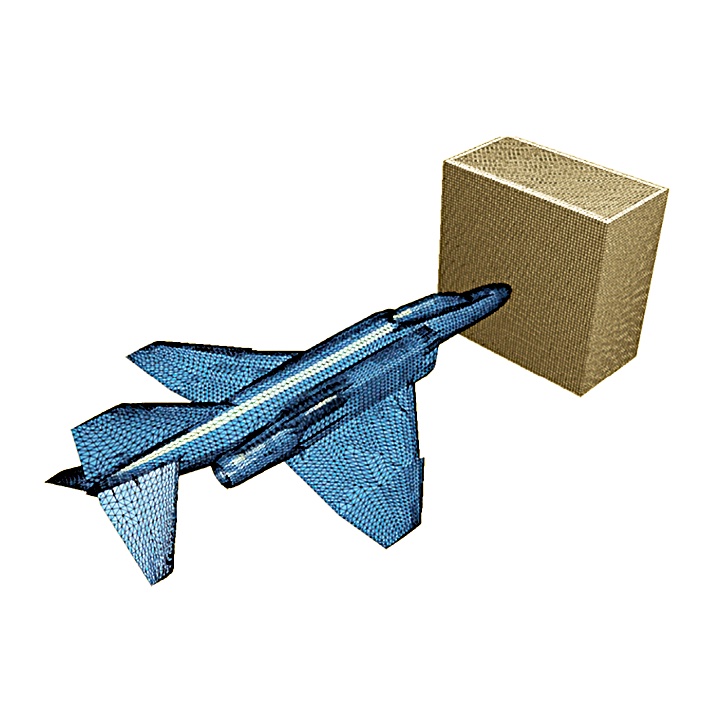F-4 Phantom vs. Reinforced Concrete Block
In 1988, the US government wanted to check how strong the reinforced concrete used in nuclear reactors was. They decided to answer the question “Will it withstand, for example, a point hit by an airplane?” directly, and launched the F-4 Phantom fighter into the concrete block at a speed of 500 mph (804.67 km/h).
What is the result? The plane effectively crumbled into small pieces, and the reinforced concrete slab was only slightly scratched. Later, Jung-Wuk, Jae-Wook and Kyoungsoo conducted a numerical experiment and published an article (Lee et al., 2014).
Video description:
This footage is of a test conducted on April 19, 1988, at a rocket sled facility at Sandia National Laboratories in Albuquerque, New Mexico, in which an actual F-4 Phantom aircraft was impacted at a nominal velocity of 500 miles per hour into a rigid block of concrete. This was accomplished by supporting the F-4 on four struts that were attached to the sled track by carriage shoes to direct the path of the aircraft. Propulsion was accomplished by two stages of rockets. The concrete target was 'floated' on a set of air bearings. Results: An atomized plane. Cool.


